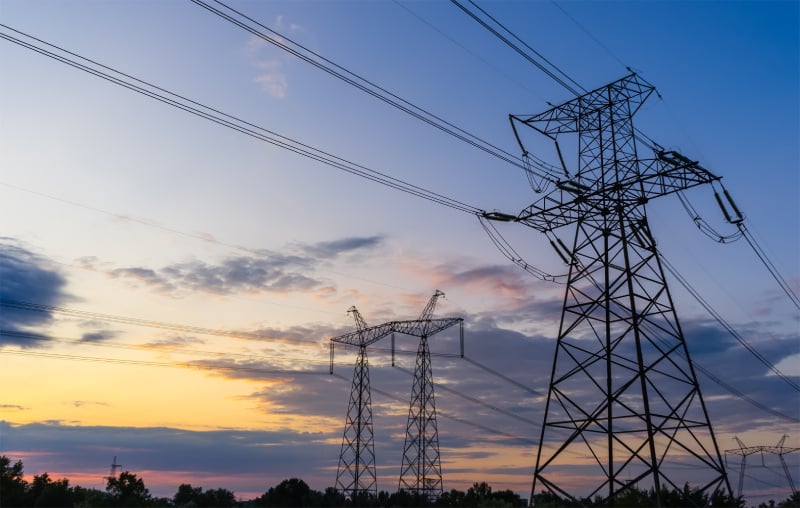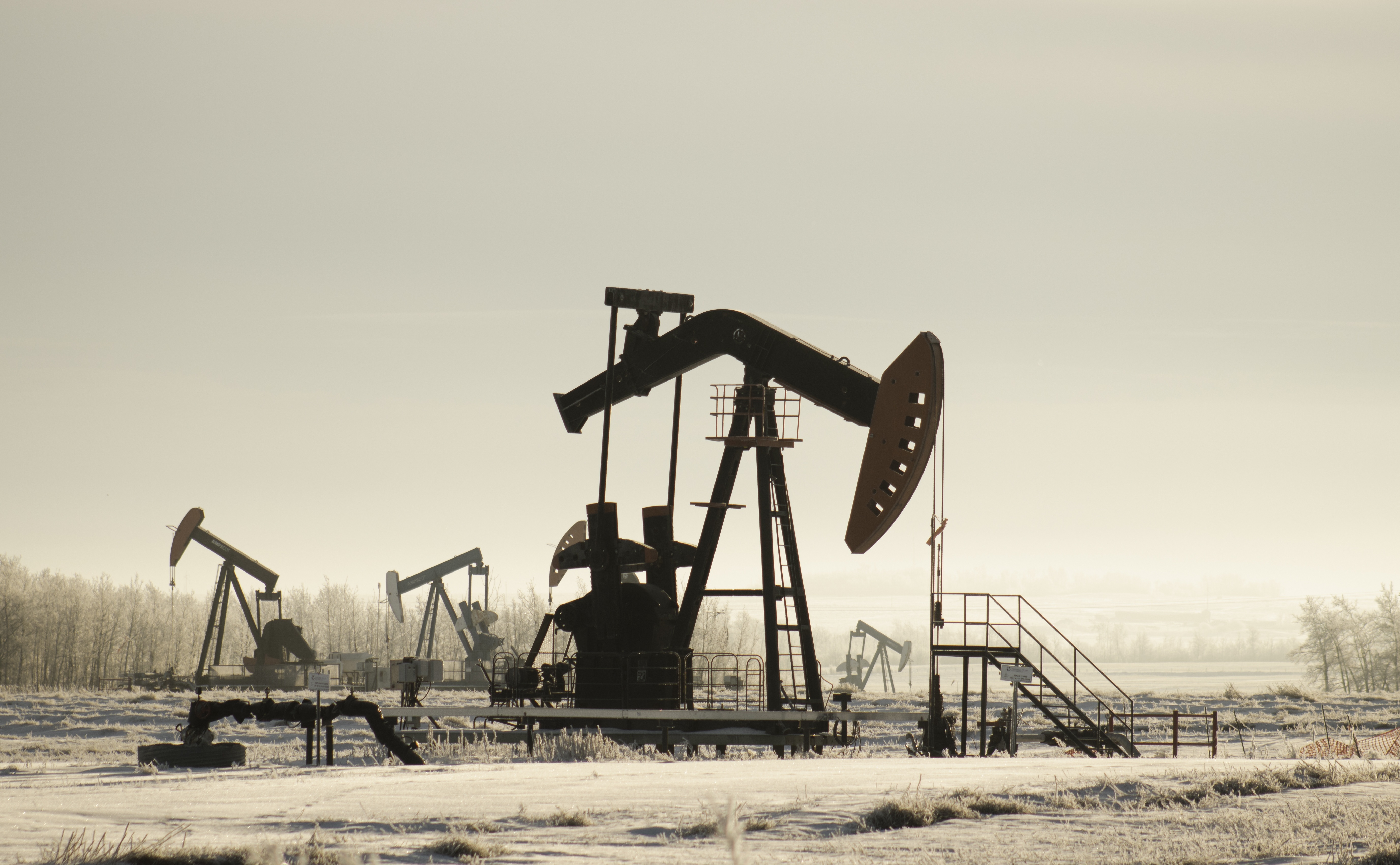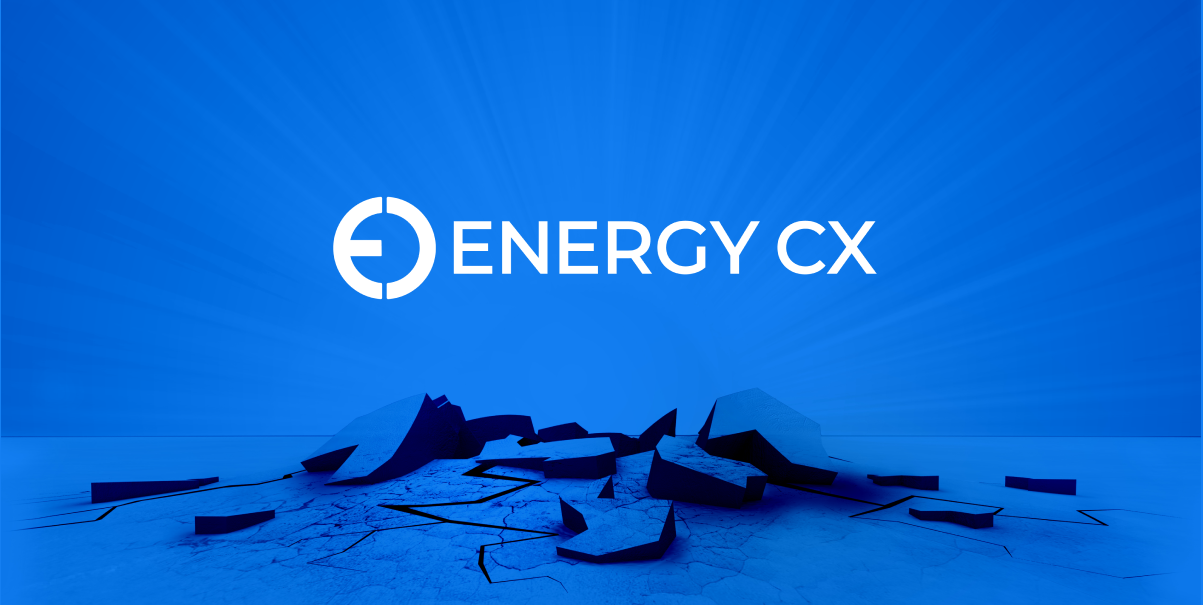Understanding the Difference Between Energy Supply and Delivery Costs
If you’ve ever taken a closer look at your energy bill, you’ve likely noticed it’s divided into two major components: supply and delivery. These terms may sound similar, but they represent two distinct parts of how energy reaches your business. Understanding the difference between the two is essential for taking control of your costs and for recognizing where you have the most opportunity to save.
What Is Energy Supply?
The supply portion of your energy bill covers the cost of the actual commodity—the electricity or natural gas your building uses. This cost is driven by the wholesale energy market and fluctuates based on a range of factors, including production levels, weather, global events and demand.
In deregulated markets, businesses are free to choose their energy supplier instead of being tied to a single utility provider. This freedom to choose creates competition among suppliers, which can result in more favorable rates and contract options. Supply charges are typically measured in units such as $/kWh for electricity or $/therm for natural gas.
In simple terms, supply is what you’re buying. This is where strategy matters most. Energy CX helps companies approach energy purchasing like an investment—using data, timing and expert market insight to secure competitive rates and reduce risk.
What Is Energy Delivery?
The delivery portion of your bill represents the cost of transporting that energy to your facility through the local utility’s infrastructure. These charges cover the maintenance of poles, wires, pipelines and transformers that ensure reliable service to your building.
Unlike supply, delivery costs are regulated by state utility commissions and remain the same regardless of which supplier you choose. They fund critical operations such as maintaining the grid, reading meters, restoring power and investing in system upgrades. In other words, delivery is how the energy gets to you.
Why the Difference Matters
Understanding this distinction helps you identify where you can influence your costs. The supply portion is competitive—it’s where strategy, timing and market expertise can lead to real savings. The delivery portion is fixed, but you can still manage how it impacts you. For example, adjusting usage patterns to reduce peak demand or identifying inefficiencies in your operations can help lower certain delivery-related charges.
Recognizing this difference also empowers businesses to ask smarter questions and avoid common misconceptions. Many companies assume they have no control over their energy expenses, when in reality, supply purchasing presents significant opportunities for optimization.
The Bottom Line
You can’t control the wires or pipelines that deliver your energy—but you can control how and when you buy the energy flowing through them. Understanding the difference between supply and delivery is the first step toward smarter purchasing, greater savings and a more predictable energy future.
At Energy CX, we help businesses do exactly that—buy energy smarter.



